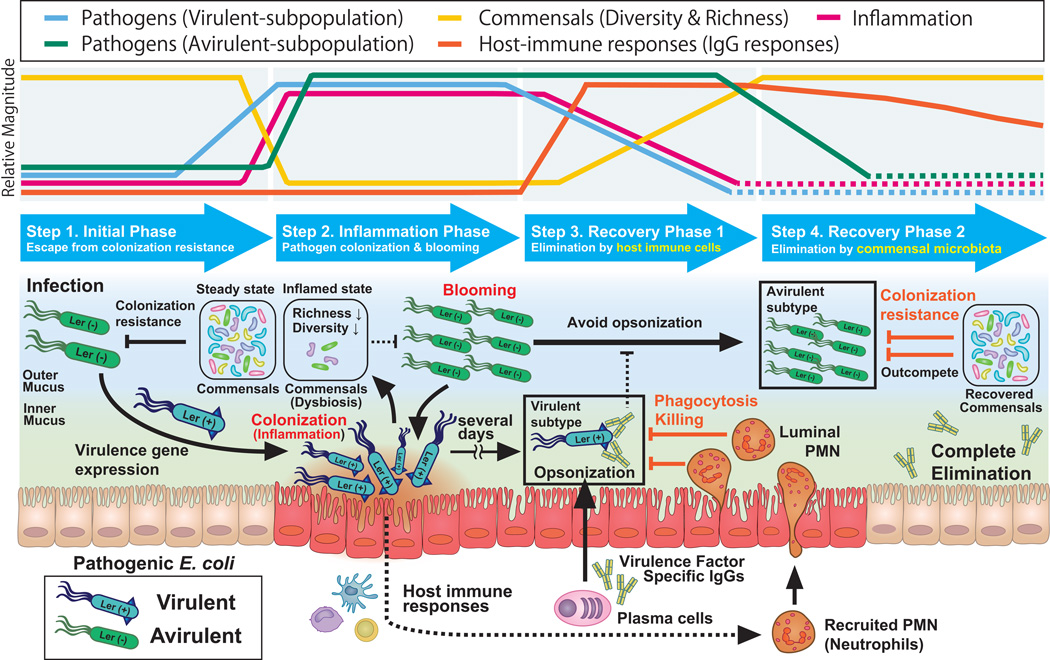Figure 1. Host immunity and the microbiota cooperatively control the elimination of enteric pathogens from the gut.
Enteric pathogens are eliminated by a cooperative mechanism that involves host immunity and the gut resident microbiota as follows: Step 1: Pathogens evade commensal-mediated colonization resistance through virulence gene expression, resulting in a rise of the virulent subpopulation. The virulent subpopulation resides in proximity to the intestinal epithelium. Step 2: The virulent subpopulation induces inflammation. Intestinal inflammation leads to the bloom of the avirulent subpopulation in the gut lumen due to disruption of colonization resistance. Step 3: Virulence factor-specific IgGs are formed and "flag" the virulent subpopulation. The IgG-opsonized virulent subpopulation is targeted and eliminated by intraluminal neutrophils. Elimination of virulent pathogens results in a recovery from inflammation. Microbiota-mediated colonization resistance begins to be restored. Step 4: The remaining avirulent subpopulation is outcompeted by the commensal microbiota; colonization resistance has been fully restored.

